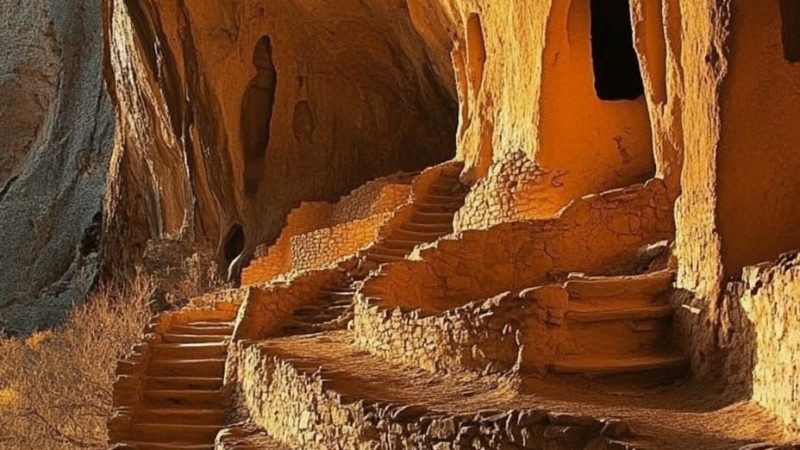

“The puquios were the most ambitious hydraulic project in the Nazca area and made water available for the whole year, not only for agriculture and irrigation but also for domestic needs,” explained Lasaponara to the BBC.

She added, “Exploiting an inexhaustible water supply throughout the year, the puquio system contributed to intensive agriculture in the valleys in one of the most arid places in the world.”
The scale and sophistication of the puquios aqueducts suggest that their construction and maintenance must have required a coordinated and socially organized effort. The builders possessed deep knowledge of the region’s geology and a keen understanding of how to maximize the use of fluctuating water resources.

It is not surprising that a civilization capable of such engineering feats was also responsible for creating the intricate Nazca lines, featuring depictions of animals, plants, humans, and numerous geometric designs. These lines are believed to hold religious significance, linked to the worship of mountains and water sources.

While their precise meaning and function remain subjects of debate, it is evident that the builders possessed a profound understanding of their purpose. Understanding the role of the puquios might bring us closer to deciphering the true significance of the Nazca lines.





